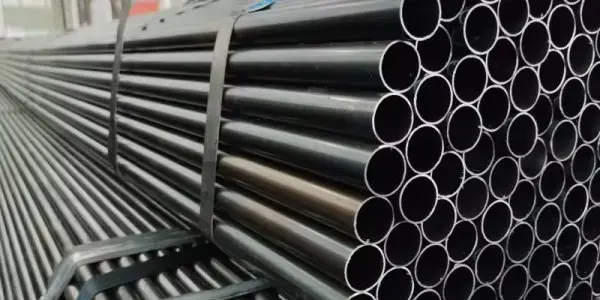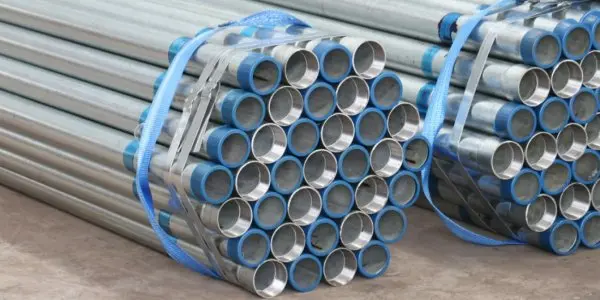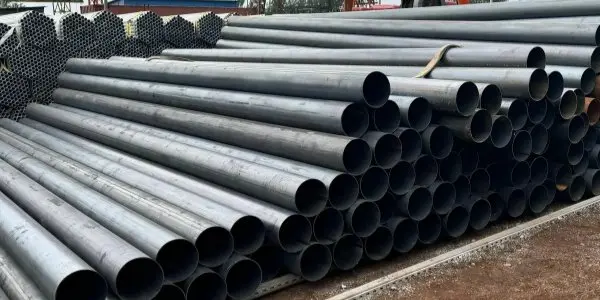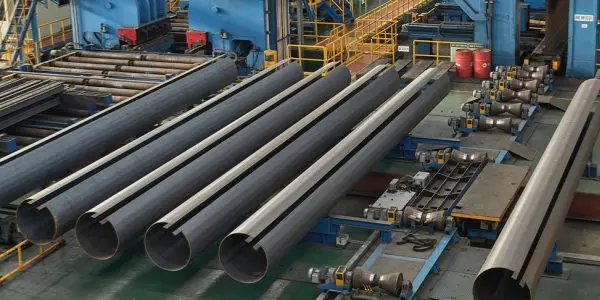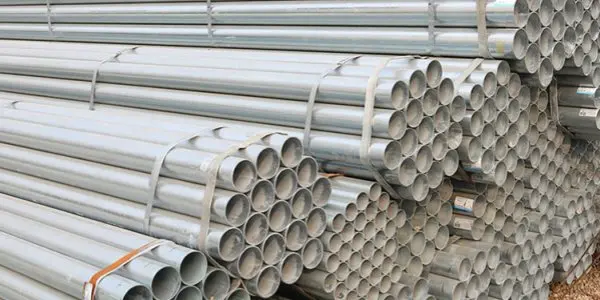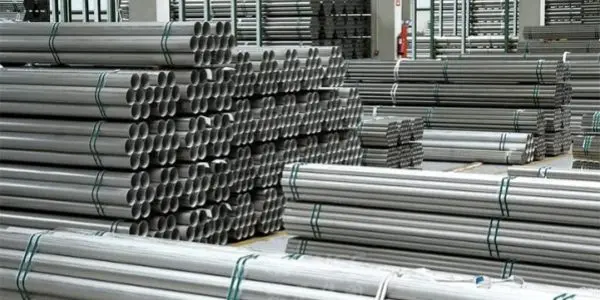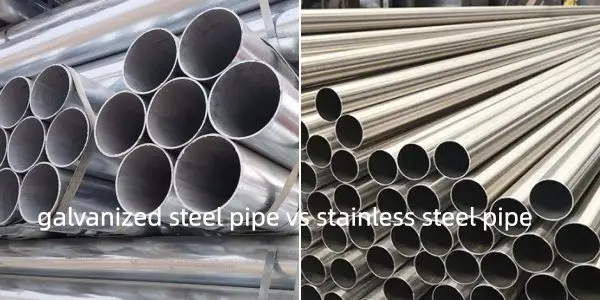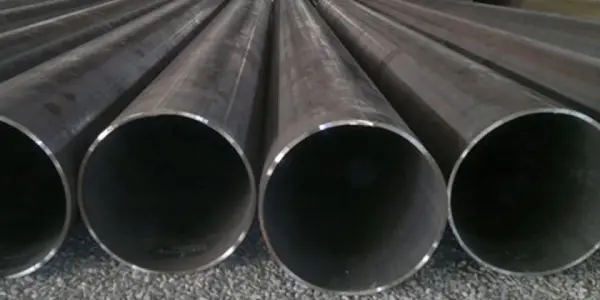-
Steel grades of carbon steel pipes
Carbon steel pipes are valued across industries for their strength, reliability, and affordability. To choose the most suitable product, it’s essential to understand the different steel grades and how their properties affect performance. This article outlines common grade classifications, key standards, typical application areas, and practical selection advice.
Read More
-
BS 1387 hot-dip galvanized steel pipe
BS 1387 Hot-Dip Galvanized Steel Pipe refers to welded or seamless steel pipes manufactured in accordance with British Standard BS 1387 and coated with a hot-dip galvanized zinc layer. These pipes are widely used for water, gas, and air transportation, as well as in construction and industrial systems.
Read More
-
Steel casing pipe weight chart
Steel casing pipe is a vital component installed in a drilling wellbore. Its primary purpose is to stabilize the wellbore wall, prevent collapse, protect fluid channels, and extend the overall service life of the well system. These pipes are commonly used in oil and gas drilling, water wells, geothermal wells, and structural protection projects, where strength, sealing performance, and corrosion resistance are critical. Here's an overview of steel casing pipe weight chart.
Read More
-
DIN 1629 ST37 ST52 seamless steel pipes
DIN 1629 seamless steel pipe is a classic German industrial standard that defines the technical delivery conditions for seamless circular tubes made of non-alloy and alloy steels with special quality requirements. These pipes are widely used in chemical equipment, pressure piping systems, mechanical engineering, boilers, and steel structures that demand high strength, pressure resistance, and long-term reliability. This article will briefly introduce DIN 1629 ST37 ST52 seamless steel pipes.
Read More
-
The importance of the industrial carbon steel pipe diameter
Carbon steel pipe is one of the most widely used materials in the steel and construction industries. It is valued for its high strength, durability, and versatility. Among its many specifications, carbon steel pipe diameter standards play a crucial role in ensuring proper design, installation, and system performance. The diameter of a carbon steel pipe—usually expressed in nominal diameter (DN) or inches—directly affects the pipe’s load-bearing capacity, fluid transport efficiency, and installation method. Understanding and applying carbon steel pipe diameter standards correctly is essential for achieving safety, compatibility, and cost-effectiveness in engineering projects.
Read More
-
BS 1387 galvanized steel pipes
BS 1387 is a key British standard that specifies requirements for galvanized and non-galvanized steel pipes. This article will briefly introduce BS 1387 galvanized steel pipes.
Read More
-
Connection methods for galvanized steel pipes
In practical applications, galvanized steel pipes are often used in combination rather than individually. When two or more pipes need to be connected, it is essential to choose the proper connection method to ensure durability, tightness, and safety. Below are several common connection methods for galvanized pipes.
Read More
-
How to store galvanized seamless steel pipes?
Galvanized seamless steel pipe is a type of seamless (SMLS) steel pipe coated with a protective layer of zinc. This zinc coating—applied through hot-dip galvanizing or electro-galvanizing—effectively prevents rust and corrosion, while maintaining the high strength, smooth surface, and excellent pressure resistance of seamless steel. This article will briefly introduce how to store galvanized seamless steel pipes.
Read More
-
Differences between galvanized steel pipe and stainless steel pipe
When it comes to choosing the right type of steel pipe for a project, both galvanized steel pipe and stainless steel pipe are strong contenders. Although they may look similar at first glance, they differ greatly in composition, manufacturing process, and application. Understanding these differences is essential for selecting the right material to ensure durability, safety, and cost-effectiveness.
Read More
-
Carbon steel pipe grade
Carbon steel pipes are often called the “universal pipes” of the industrial world — versatile, strong, and widely used. Here's an overview of the typical carbon steel pipe grade.
Read More

 English
English Español
Español




 Tel : +86-18565811709
Tel : +86-18565811709 Email :
Email : 
